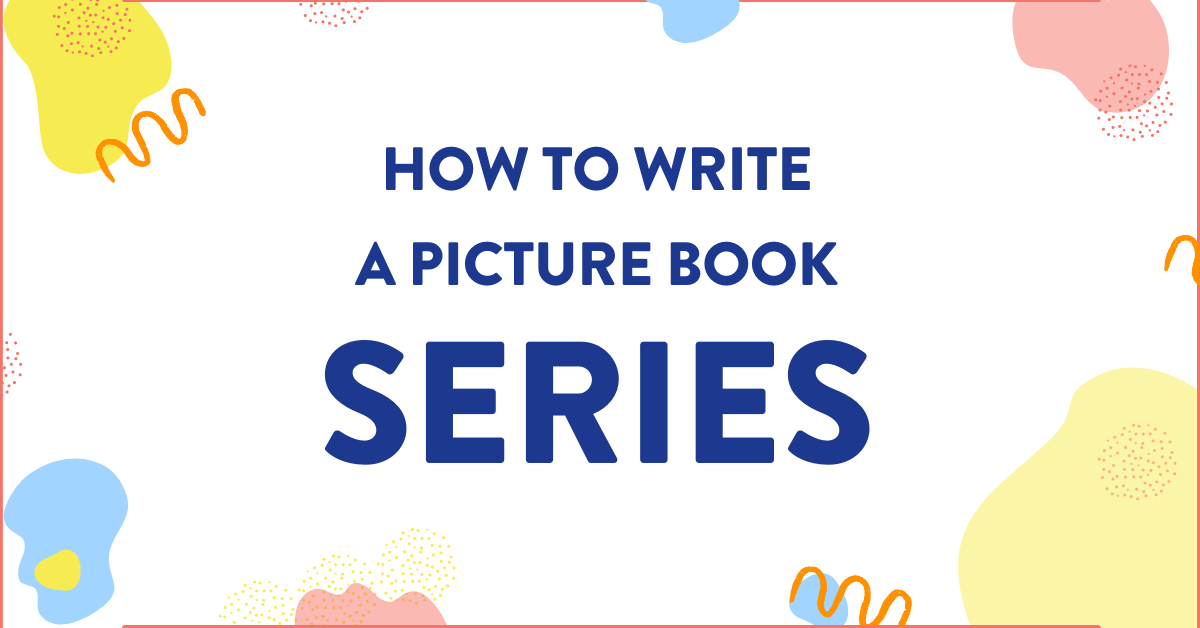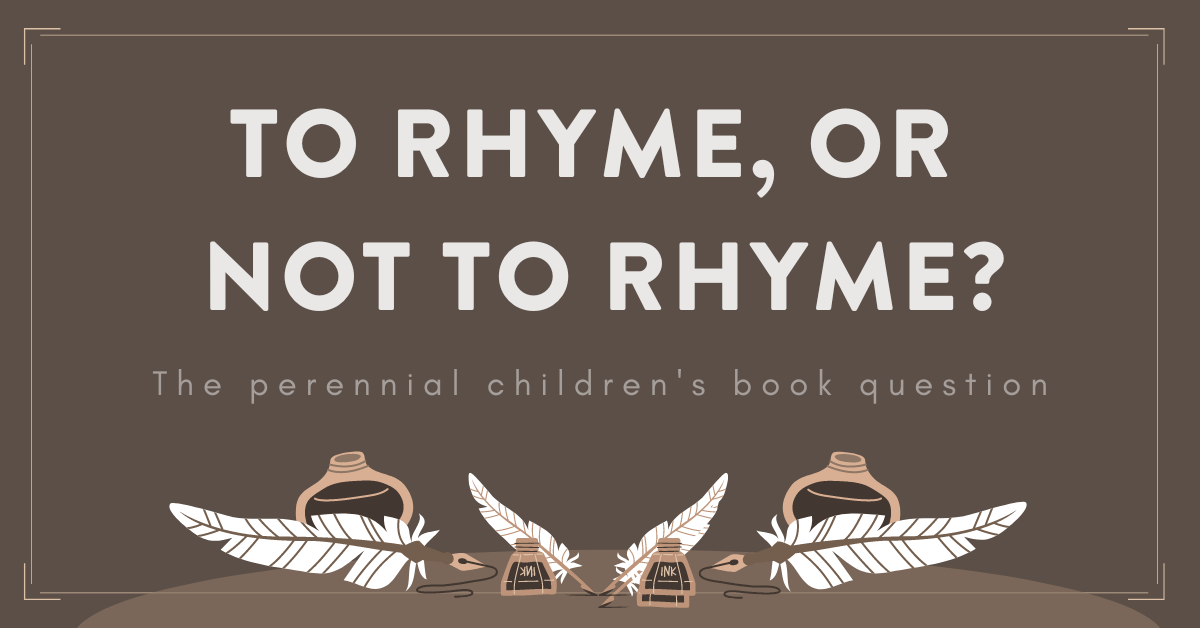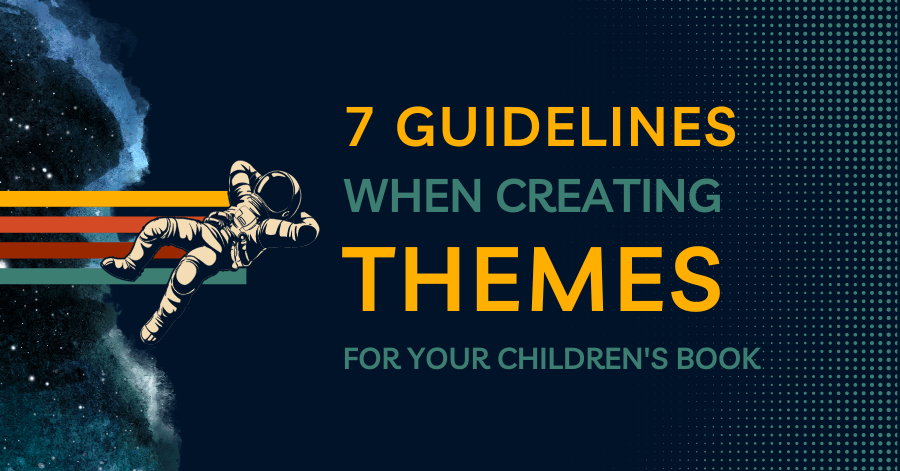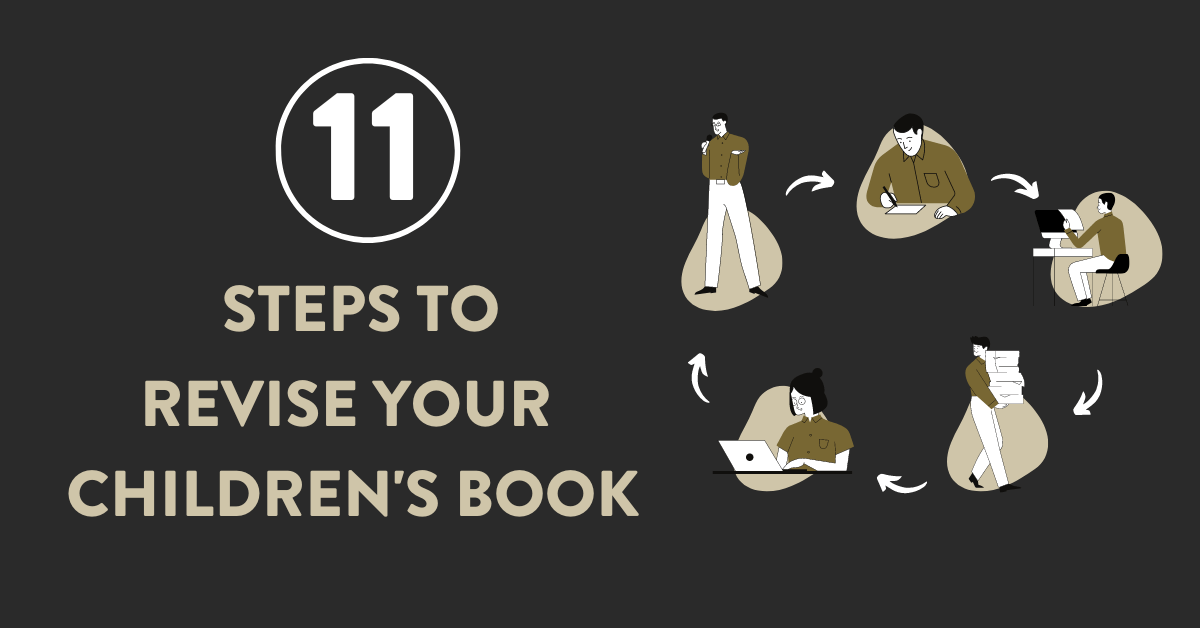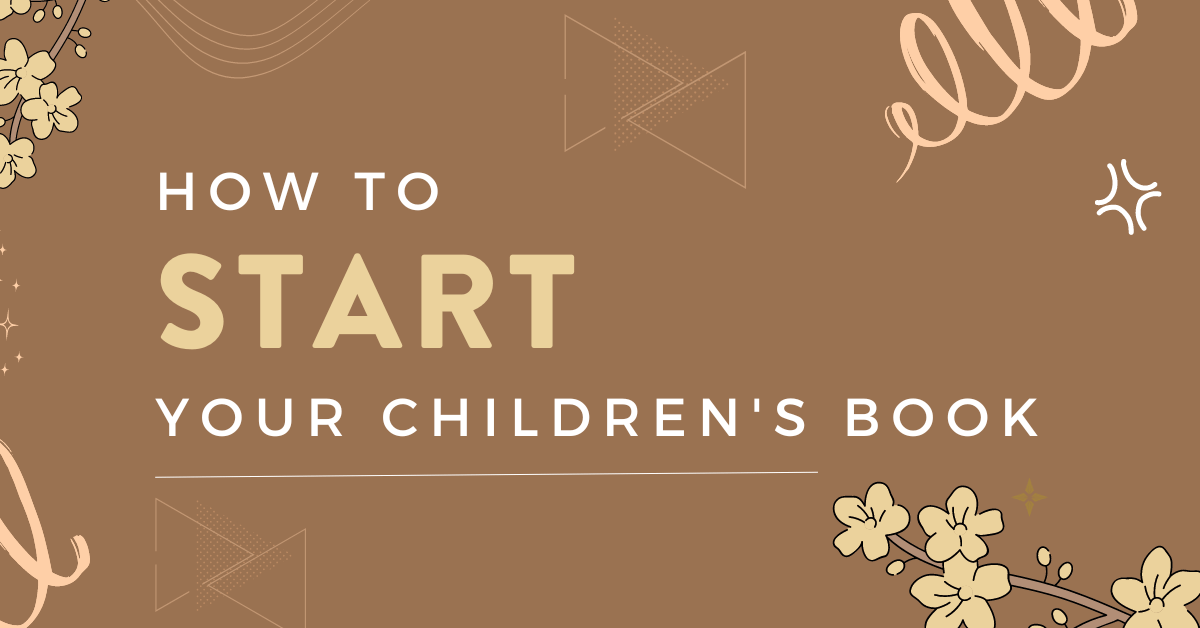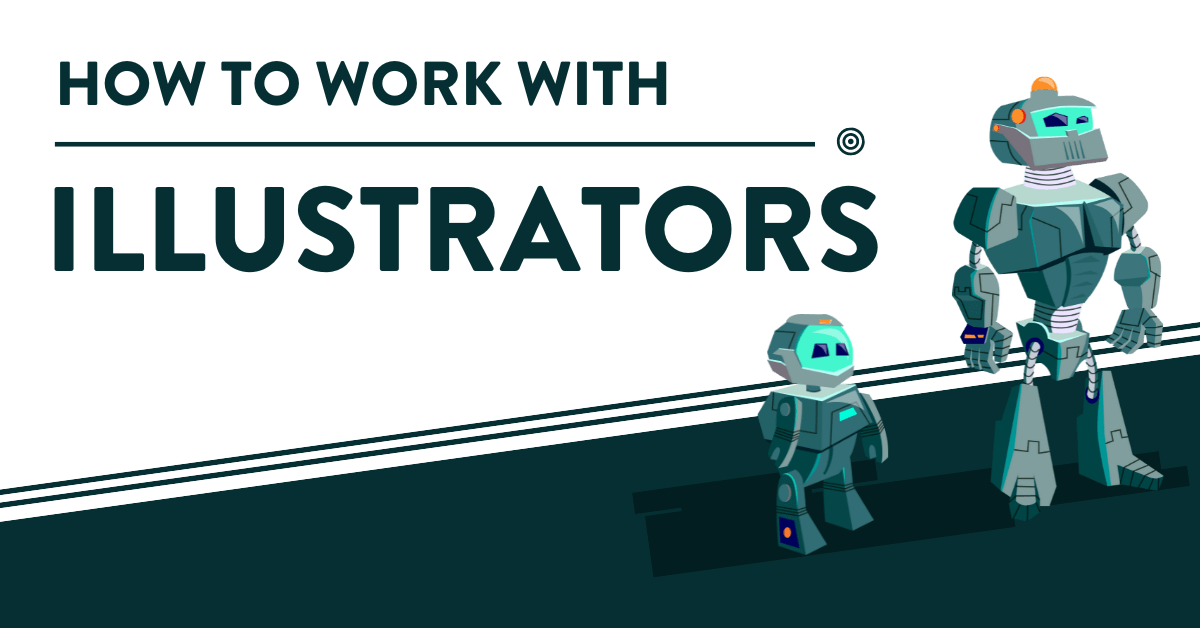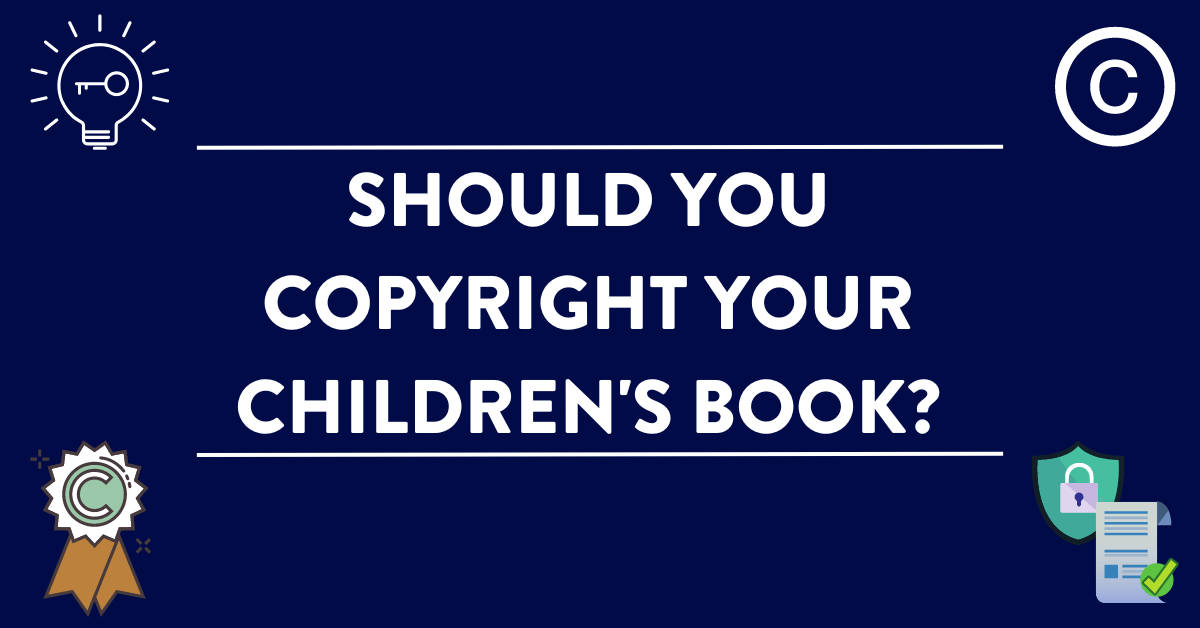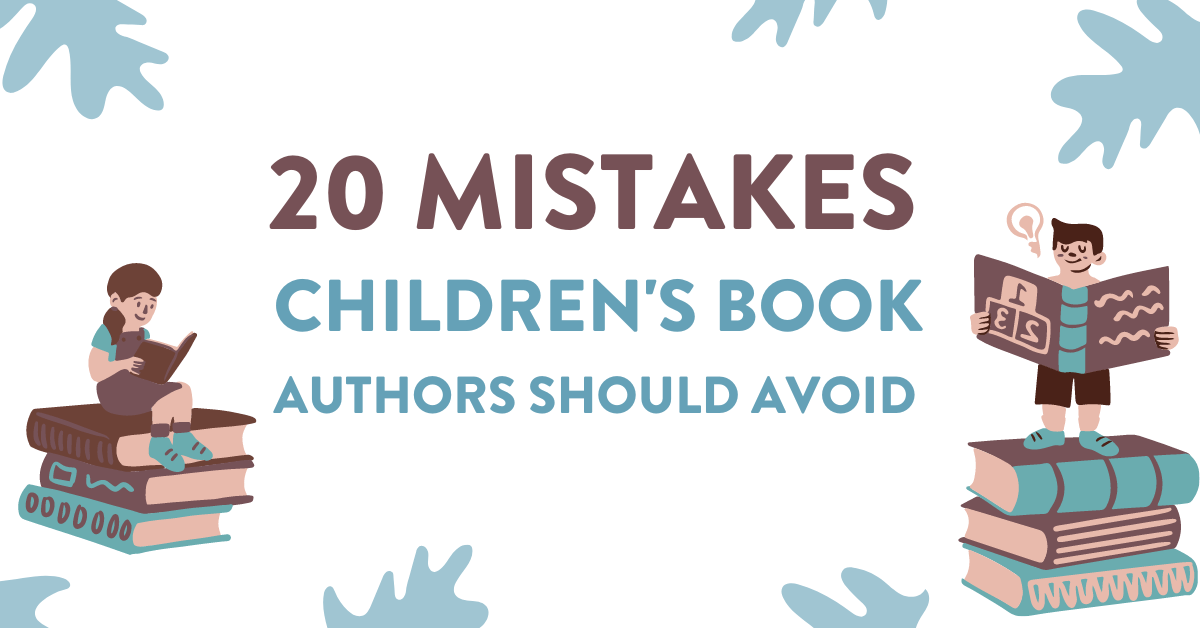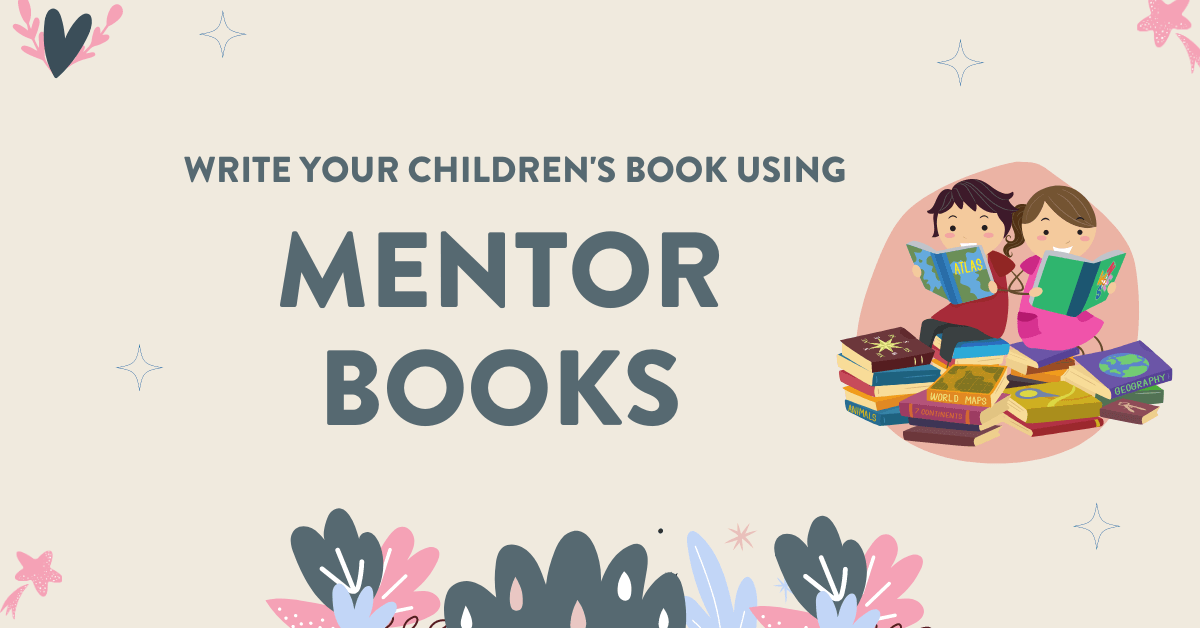As an editor, I’ve helped a couple hundred authors with children’s book picture series. What I do is give them advice about the series as a whole, and I also edit each book individually. So if you’re looking for an expert on this topic, you’re not going to find anyone better than me (okay, humble […]
The Blog
- All posts
- All Popular Posts
- Characters
- Children's Books
- Dialogue
- Editing
- Endings
- Literary Agents
- Marketing
- Novels
- Plot
- Point of View
- Publishers
- Short Stories
- Writing Techniques
- Writing Wisdom
- 4 Steps to Write a Children’s Picture Book Series

- Should My Children’s Book Rhyme?

Ah, the age-old debate for budding children’s book authors: to rhyme or not to rhyme. Most beginning writers think children’s books have to rhyme. This is probably because when they were young, they were brought up reading books like Dr. Seuss and were conditioned to believe. But the surprising thing is that most children’s books […]
- 7 Guidelines when Creating Themes in Your Children’s Book

Ah, the eternal question every children’s book author wrestles with: What theme should my book tackle? Dive deep into the heart of children’s literature and you’ll find there’s a universe of themes waiting to be explored. But, let’s be real – not all themes are made equal. Some are timeless, others, well, not so much. […]
- 11 Steps to Revising Your Children’s Book

So you’ve taken the brave leap into the colorful world of children’s picture books. You’ve poured your heart, soul, and maybe a few late-night snack crumbs onto those pages. But before you present your masterpiece to the tiny critics (a.k.a. kiddos), there’s one major step left: revision. “Wait, what? I thought I was done when […]
- 8 Steps to Starting Your Children’s Book

When embarking on the adventure of writing a children’s book, the initial excitement can be overwhelming. Characters, colors, settings, and songs might flood your imagination. But many writers don’t make it to the finish line. This article will help you get started and write a successful children’s book, while sidestepping the typical pitfalls and mistakes. […]
- 12 Tips on Working with a Children’s Book Illustrator

1. Pick the Right Illustrator Illustrators get paid more than children’s book writers (sorry, but it’s kind of the worst kept secret in the industry). That’s because the illustrations of a children’s book make or break your story. Yes, your words are important, but the illustrations are even more important. That’s why it’s important to […]
- Should You Copyright Your Children’s Book?

So you’ve finally completed your children’s book. Congratulations! But amidst the excitement of potentially seeing your book in stores or in the hands of eager young readers, there’s a looming question: “Should I copyright my children’s book?” While the nuances of copyright law can be complex, I’m here to break down the debate with a […]
- 20 Mistakes Children’s Book Authors Should Avoid

Hey there, budding children’s book writer! I know the magic and whimsy that writing for children can bring, but like any genre, it has its quirks and pitfalls. I’ve seen a ton of talented writers stumble, trip, and sometimes get lost in the wonderful world of children’s literature. But don’t fret – I’m here to […]
- Let Mentor Books Guide Your Children’s Book

If you’ve been around the block a few times (and by block, I mean the ever-captivating world of children’s book publishing), you’ve probably come across the term “mentor books.” If not, you’re in for a treat! I’ve delved into this topic, chatted with some of our favorite authors, and dug up real examples just for […]
